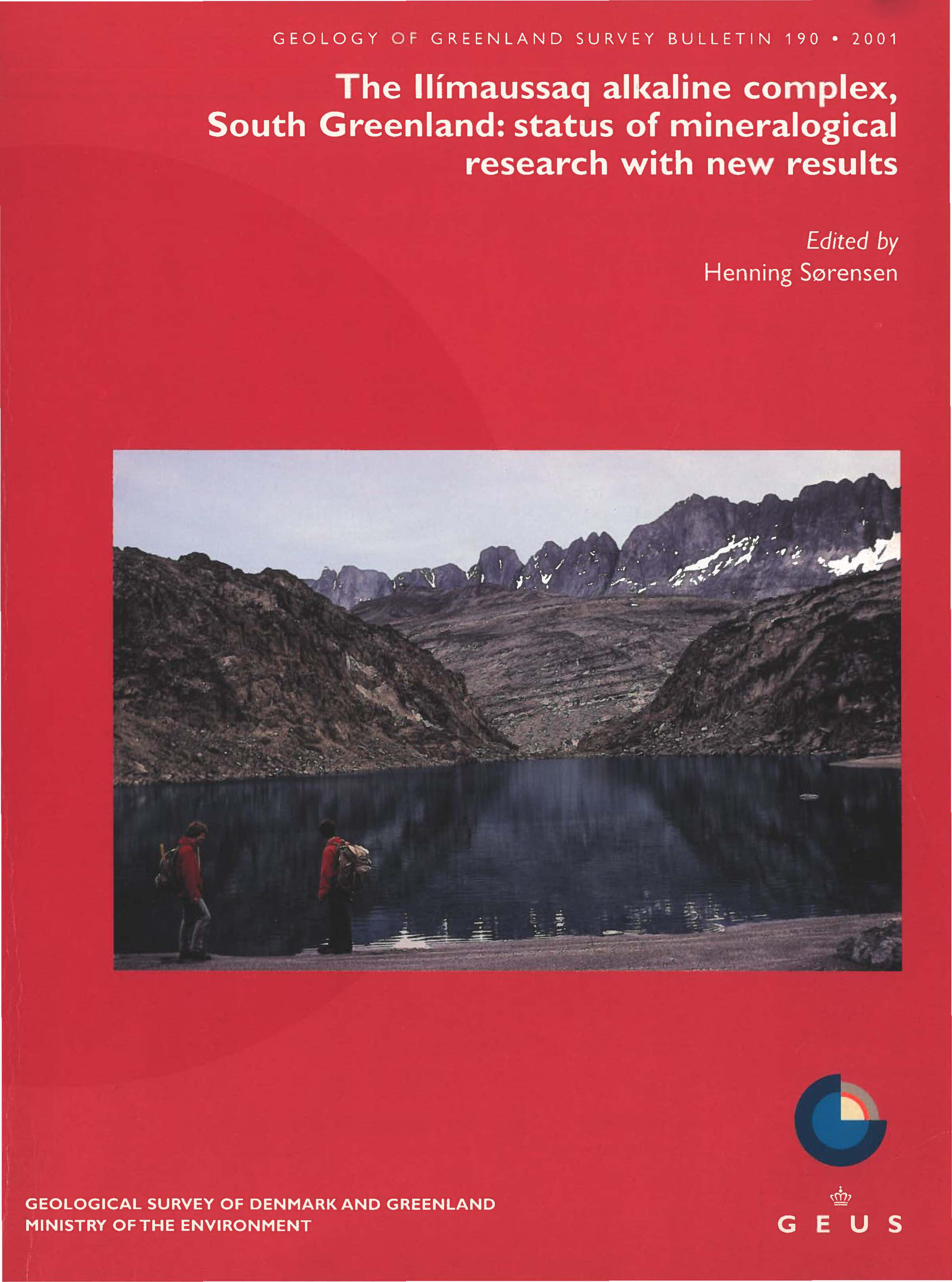The eudialyte group: a review
DOI:
https://doi.org/10.34194/ggub.v190.5174Abstract
The eudialyte group of complex Na, Ca, Zr silicates encompasses a wide range of compositions in which all the main elements Si, Zr, Ca, Fe and Na vary, and many relatively minor elements such as Mn, REE, Sr Nb, K, Y and Ti are present. For most members of the group the empirical formula is Na15[M(1)]6[M(2)]3Zr3[M(3)](Si25O73)(O,OH,H2O)3(Cl,F,OH)2 and the best method of formula calculation is on the basis of 29 (Si, Al, Zr Ti, Hf, Nb, W, Ta) apfu (Z = 3), which are the elements assigned to the Zr, M(3) and all Si sites in the structure. The commonest substitutions are found with the solid solution series eudialyte sensu stricto (enriched in Si, Ca, Fe and Cl) and kentbrooksite (enriched in Nb, REE, Mn and F), but recent studies show that the series extends beyond kentbrooksite to an exceptionally Ca-deficient eudialyte now named oneillite. Most eudialytes are trigonal R3m or R3m but oneillite is R3. Additional members of the group are khomyakovite and manganokhomyakovite.
Downloads
Published
Issue
Section
License
This article is distributed under a CC-BY 4.0 licence, permitting free redistribution and reproduction for any purpose, even commercial, provided proper citation of the original work. Author(s) retain copyright over the article contents.


